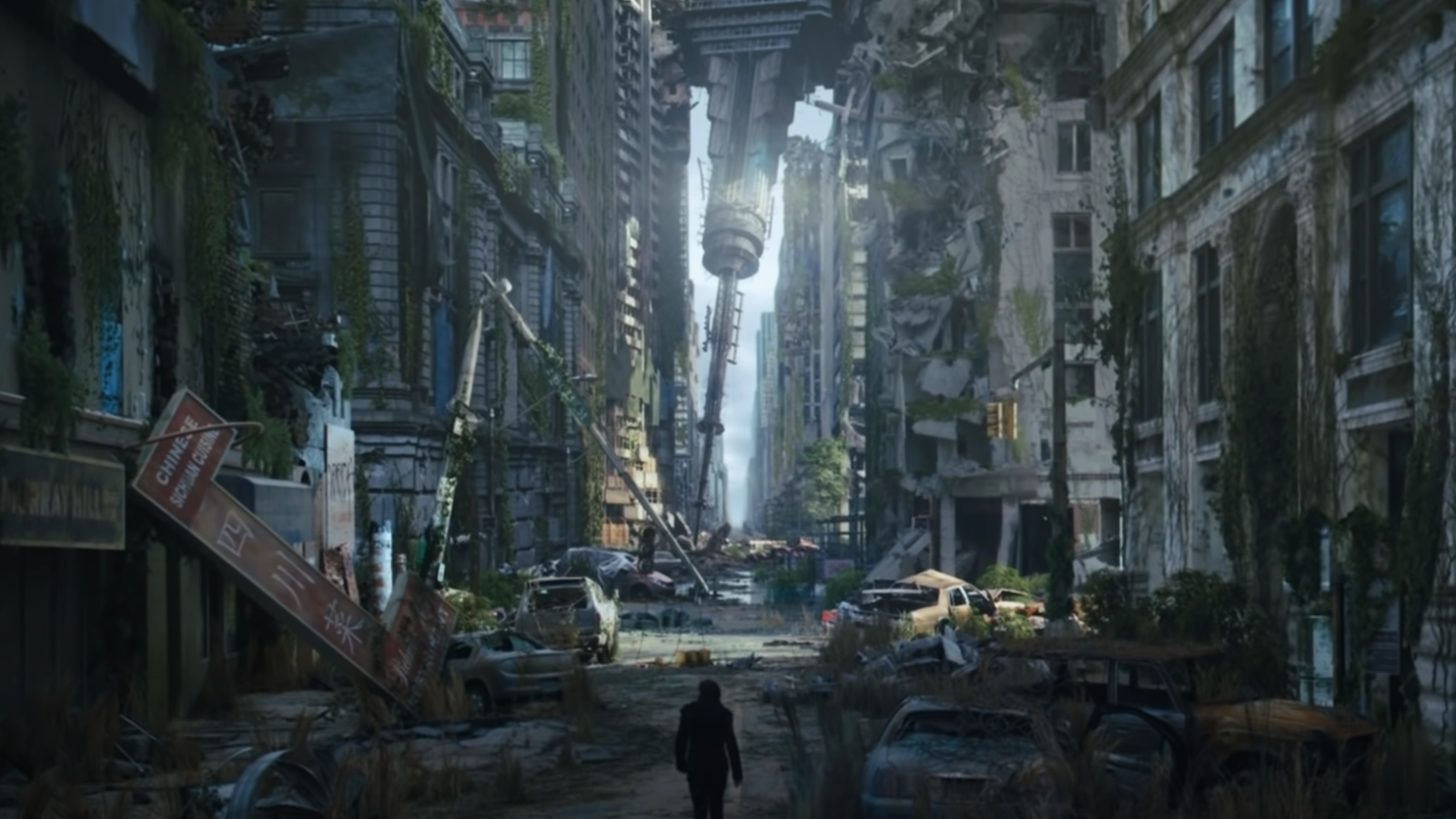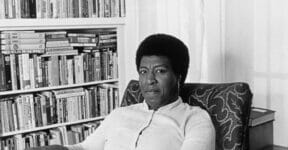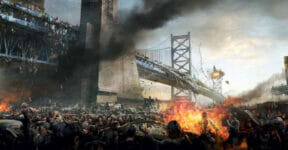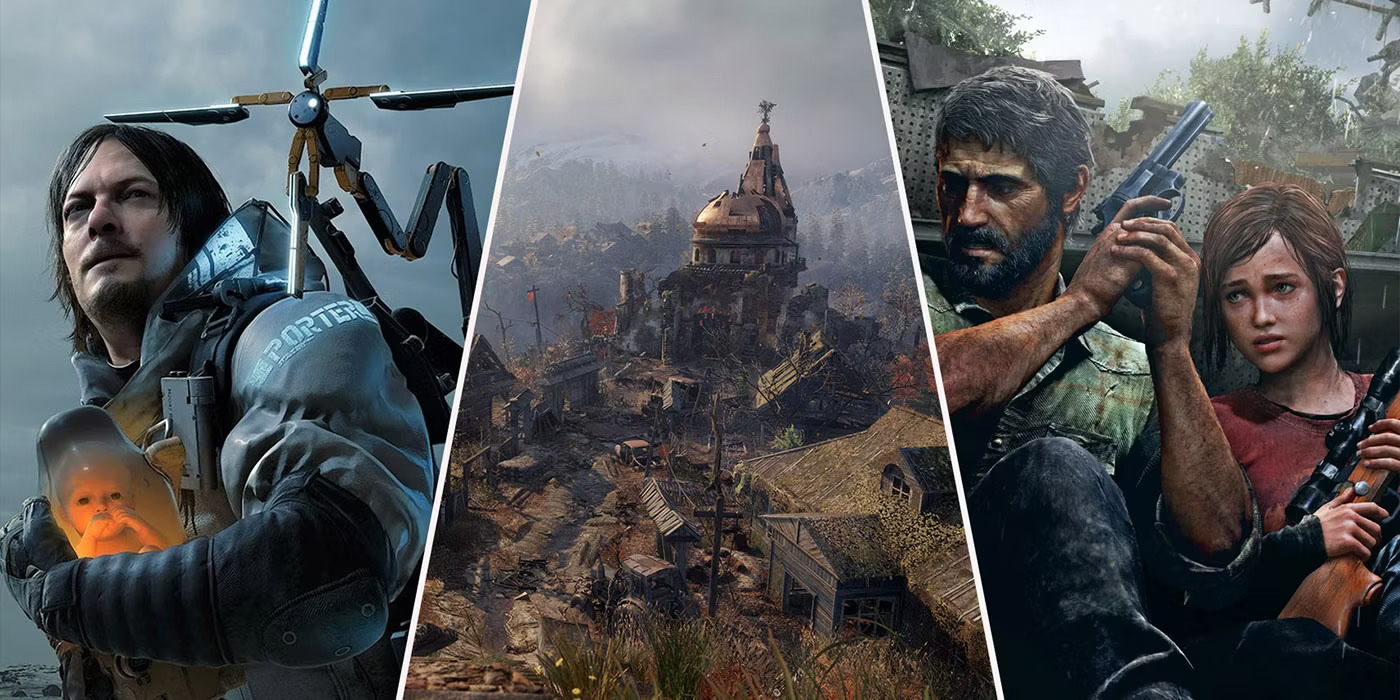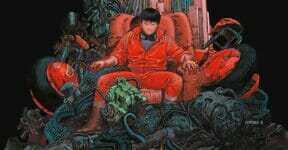It’s believed that the modern post-apocalyptic genre began with Mary Shelley’s The Last Man, first published in 1826. The book offers a grim future of humanity in the world ravaged by a lethal pandemic that killed the vast majority of the population. Back then, it was considered unnecessarily gross, and some critics even mentioned something to the effect that the author had something wrong in her to produce such a horrible imagination. Of course, they were all wrong. By modern standards, The Last Man is one of the literary greats. The genre didn’t really take off until after WWII, which was understandable considering the fears of atomic bombs and the threats of nuclear wars. These days, you’ll never have a short supply of the genre in every bookstore. You can even publish a post-apocalyptic journey that you wrote yourself on online forums, personal blogs, or a long tweet if need be. But before you hit that keyboard and type the first word, we have a thing or two to say about establishing strong characters and tone in your story. We’re not authors ourselves, but let’s just say we’ve had our shares of pretty disappointing books.
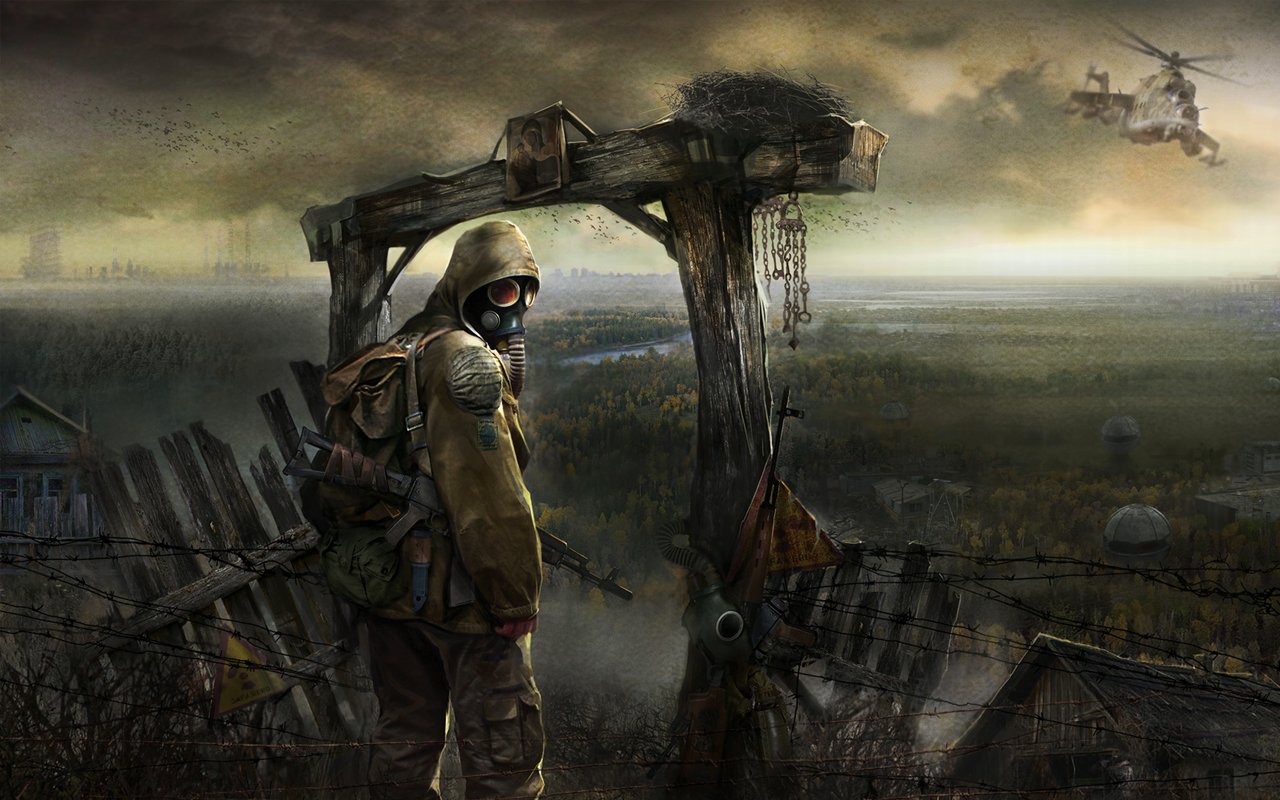
Post-Apocalyptic Characters
If you’re writing a story, no one else, but you should decide what it means to be good and bad people. This is kind of important because people might behave differently in a post-apocalyptic world. The old laws no longer apply, and the moral values take a dive just as society falls. Say the story involves a freshly married couple trying to do their best to survive following a zombie outbreak. During an otherwise quiet night, they run into a bunch of sleepwalking undead, who now turn aggressive because they can smell human flesh. The wife saves the husband and in the process gets bitten by a zombie. Within the next few hours, the heroic wife will transform into a zombie as well. What should the husband do? Does it make him a bad person if he kills his soon-to-be-zombified wife? What if the same thing happens to father and daughter, or mother and son?
You also have to give your characters some noticeable personalities, tendencies, and goals. Anybody can say that a post-apocalyptic story is all about surviving, but at least the main character needs to have another tangible purpose. Still remember the husband we talked about earlier? Assuming there’s any chance he can save his wife from becoming a zombie, like finding an antidote in another state or stealing the cure from the zombie king, that’s a purpose you need to develop the plot line.
Story timeline is another thing to consider. People who were born when the world had already been reduced to ruins probably don’t have in their mind thoughts about going to college, celebrating birthdays, or taking vacations. When the world out there is full of cannibalistic mutants and food scarcity, they most likely won’t be bothered with romance as well, although it can happen. But when they meet new people while scavenging for resources, a friendly encounter isn’t always a thing; people avoid strangers and keep a safe distance out of suspicions that the other person is out for the kill.
Setting the Tone
You want readers to be emotionally invested in the story and actually care about what happens to the characters. This is where creating empathy comes in handy. Characters with power and determination are always interesting because they can influence everyone else in the story; it doesn’t matter if those characters are protagonists or villains. Another trick to evoke empathy is to put any character in an unfortunate yet relatable circumstance. For example, an innocent person wrongfully imprisoned by a corrupt government, an otherwise harmless alien hunted by an evil corporation, or an ordinary citizen believed to be patient zero and targeted by post-apocalyptic warlords.
Once the empathy-inducing scenes are built, you can focus on setting the overall tone of the narrative. A comedy story needs to have some laughs, a thriller is supposed to deliver a sense of urgency, a horror tale can use a jump scare or two, and an action is at its best when you have a variety of hand-to-hand combats, gun fights, car chases, and some dramatic deaths along the way. No one says you can’t mix and match the tones as well. The post-apocalyptic world is a lawless land.
We think one of the most important aspects of fiction storytelling is your ability to find the right “what-ifs” formula and put them in engaging words for readers. People worry about the future even when simple, unexpected things happen. For example, if the electricity goes out, someone quickly imagines what if it’s not actually a faulty electrical line but a deliberate plot by aliens? What if the electricity is cut off everywhere? What if zombies, vampires, and many abominations lurk in the dark corners of the town? Fiction is a product of imagination indeed, including the characters and the tone of the narration. What would your characters do if all those things were true? How do they go about defending themselves and protecting their loved ones? Do they do it like John Wick, Bryan Mills, John McClane, or Ned Stark? The important thing is that characters drive the plot and the tone, not the other way around.
Who do you think are the best protagonists in post-apocalyptic stories ever published in any format? And who are the best villains? We’d love to hear from you.
Other Things You Might Want to Know
Are there important things many post-apocalyptic films overlook?
There are probably too many to mention, but we have three on top of our head:
● Farms: people know how to farm, and timeline is important. If you’re talking 200 or 300 years after an apocalypse and there are still no farms, it makes little sense.
● Unlimited fuels and ammunition: bad guys, who seem to have an unlimited supply of ammunition and fuels to power their thirsty bikes and cars, are great for actions. But where do the ammunition and fuels come from? Do they have refineries and automated factories somewhere?
● Bicycles: again, motorcycles and trucks are great, but bicycles are the perfect vehicles for the post-apocalyptic world. Bicycles are fuel efficient (they don’t need fuels at all) and easy to maintain with minimum tools. And yet they simply don’t exist.
Can it be the fascination with displays of violence and ghoulish stuff that makes people like post-apocalyptic narrative?
Now that would be a stretch. We think the key factor is simplicity. When everything has been destroyed and there’s not much left in terms of wealth, people can get back to appreciating nature for what it is and live without worrying about the politics, inflation, the new iPhone, updating the Windows, doing the school homework, coming late to work, etc. To some extent, it’s a simple (and definitely cruel) life in the post-apocalyptic world.
What kind of characters with the highest likelihood of surviving an apocalypse?
Many times, everything comes down to physical strength, as defined by health and age. So, young and physically fit people have a higher chance of surviving than others. Let’s not forget about wealth as well. Rich people have the resources to build bunkers and fill them with all they need to survive; not just foods and water, but also technologies like solar-powered electricity, modern devices, and weapons. They’re resourceful to begin with, and the smart ones will use those resources to prepare for an apocalypse before too late.
Check out other articles by month:

